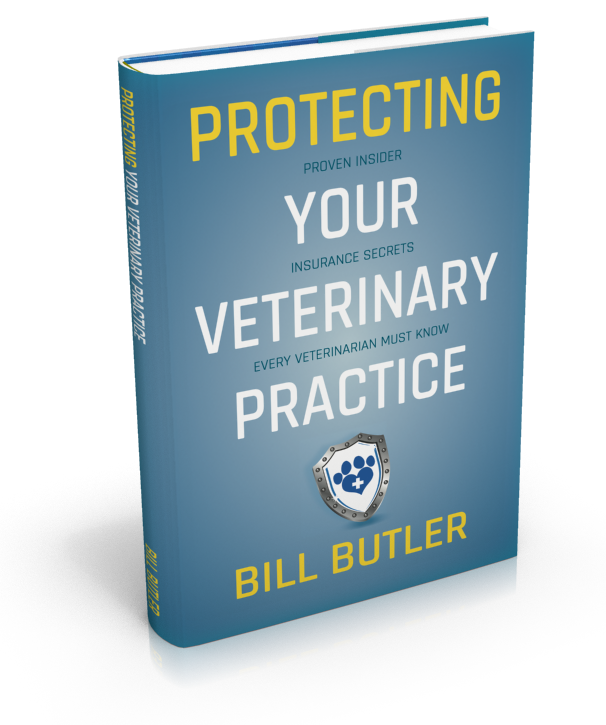Workers Compensation Recovery at Work Program
Workers Compensation Recovery at Work Program
September 14, 2020
Written by Bill Butler CIC, CISR, CWCA
Certified Work Comp Advisor
RECOVERY-AT-WORK
The primary goal of a good recovery-at-work program is to get injured workers back to his or her original job as soon as possible and, in doing so, increase control over medical and legal expenditures. The program should also help contain future costs for vocational rehabilitation and disability support.
Here are some building blocks for an aggressive Recovery-at-Work program.
Identifying Light Duty Work
An appropriate work assignment contributes to the employee’s recovery by keeping the employee productive, socially involved, and active. Work becomes part of their medical treatment. Temporary alternative work assignments can be a bridge back to regular employment. Temporary modifications to an employee’s regular jobs such as schedule changes, reduced hours, or sharing parts of work with other team members are effective considerations. Alternative work assignments must be productive. Demeaning or “make work” assignments will defeat the purpose and could be seen as punishment.
When identifying possible temporary, light duty jobs, or possible modifications to make existing jobs light duty, solicit ideas from all departments. These jobs should be at the same rate of pay as the original job. Remember, you save money by having the employee come back to work. Full pay is a good incentive.
- Record job descriptions for light duty jobs and supply them to the treating physicians.
- Alternate work assignments can also add beneficial cross-training which provides the employer with maximum flexibility in adjusting assignments because of expanding expertise within the team.
- Ask injured employee what they think could be done for them to be able to continue working.
- Consider job tasks that need to be done but rarely are because of lack of time or personnel.
- Investigate possible adjustments to workstation or the way the work is normally done.
- Consider the injured employee’s past experience and skill in determining possible light duty work.
- Check appropriate union regulations to make sure there are no restrictions on light duty assignment.
- Consider involving coworkers in designing alternative work by asking how the injured worker might be able to help them do their job.
Having a return at work program for injured team members is a critical part of your workers compensation insurance program.
Butler Vet Insurance has some simple tools and checklists available to assist with setting up and managing a Recovery at Work Program through our exclusive Veterinarian Comp System. For more information Contact Us.

